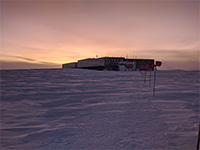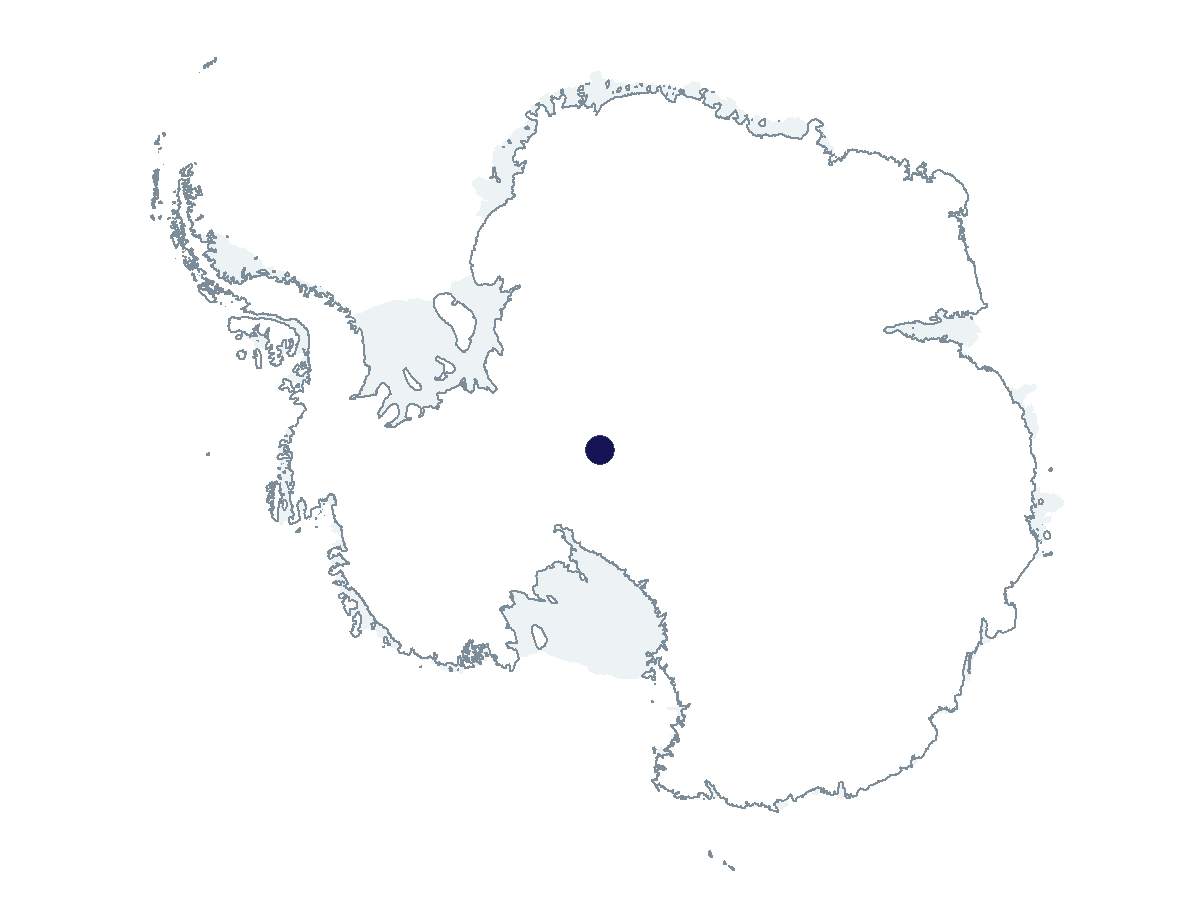2023-2024 USAP Field Season
Project Detail Project TitlePilot fiber seismic networks at the Amundsen-Scott South Pole Station Summary
Event Number:
Program Director:
ASC POC/Implementer: Principal Investigator(s)
Mr. Zhongwen Zhan
Location
Supporting Stations: South Pole Station DescriptionThis project has deployed a distributed acoustic sensing (DAS) system at the Amundsen-Scott South Pole Station. DAS is an emerging technology that transforms a single optical fiber into a massively multichannel seismic array and provides a scalable and affordable way to deploy a dense seismic network. This project has converted 8 km of existing fiber optic cable into more than 8,000 sensors to explore the potential of DAS as a breakthrough data engine for polar seismology. The currently deployed array is collecting data for the purposes of: 1) evaluation and calibration of the performance of the DAS technology in the extreme cold, very low noise (including during the exceptionally quiet austral winter) polar plateau environment; 2) recording and analysis of local ambient and transient signals from ice, anthropogenic signals, ocean microseism, atmospheric and other processes, as well as to study local, regional, and teleseismic tectonic events; and 3) structural imaging of the firn, glacial ice, glacial bed, crust, and mantle, variously using active sources, ambient seismic noise, and natural icequake and earthquake events. Field Season OverviewNo on-site field work is to be performed by the science team this year. The instruments will continue to operate autonomously, year-round, via remote monitoring and control, aided by on-site support provided by ASC staff and other station infrastructure (IT network, station services, etc.) as needed.
|
2023-2024 Science Planning Summary



For USAP Participants |
For The Public |
For Researchers and EducatorsContact UsU.S. National Science FoundationOffice of Polar Programs Geosciences Directorate 2415 Eisenhower Avenue, Suite W7100 Alexandria, VA 22314 Sign up for the NSF Office of Polar Programs newsletter and events. Feedback Form |


